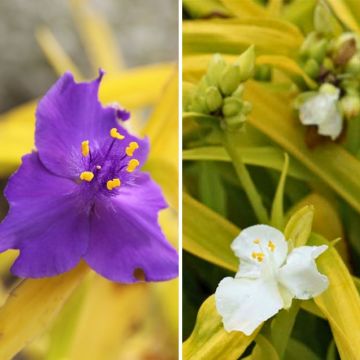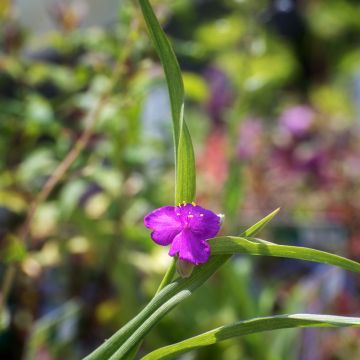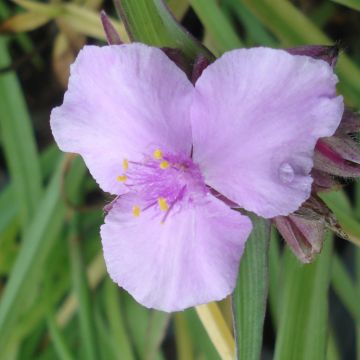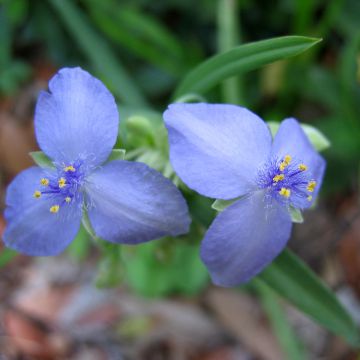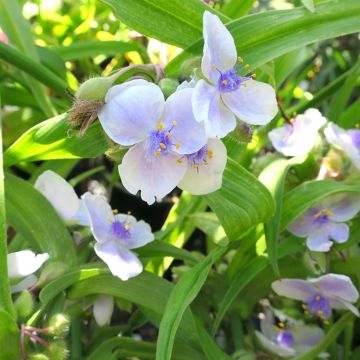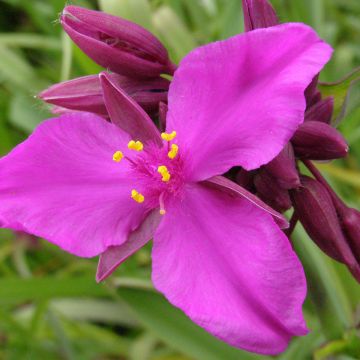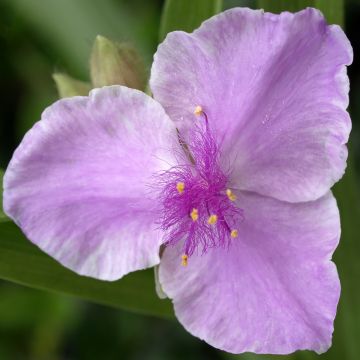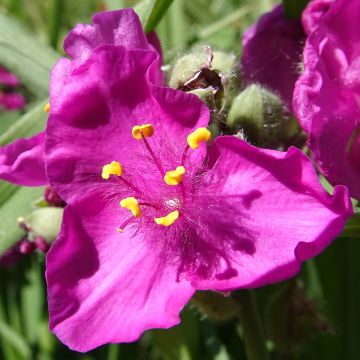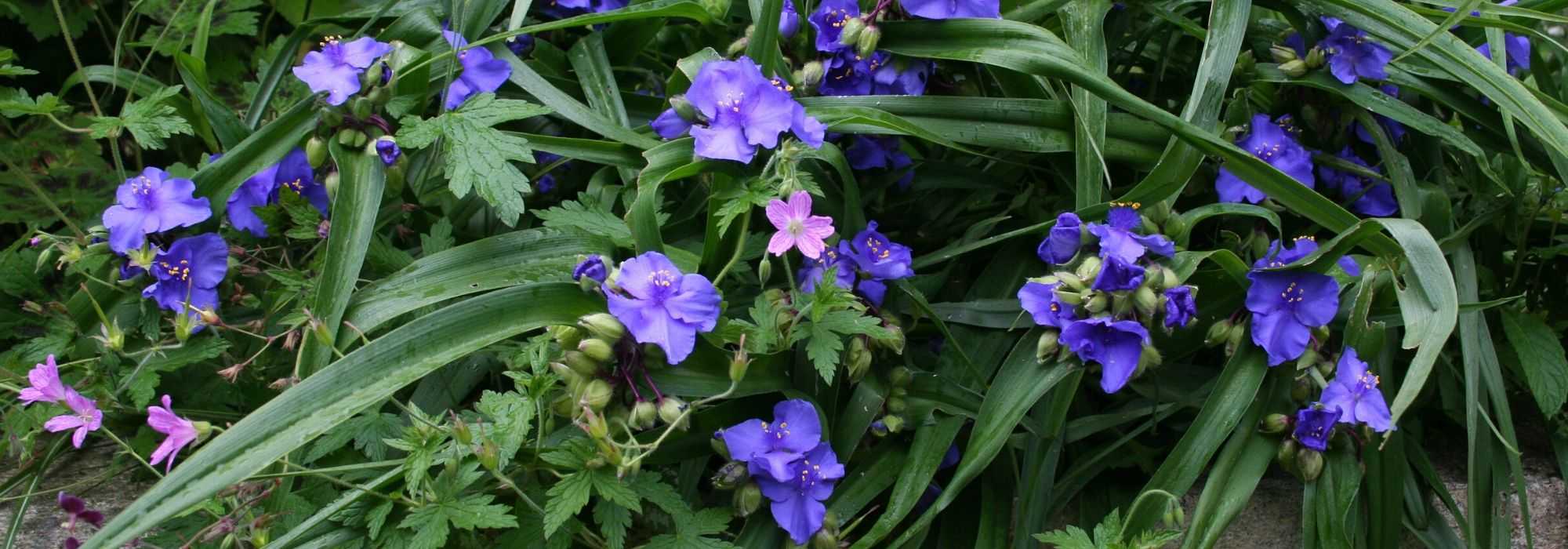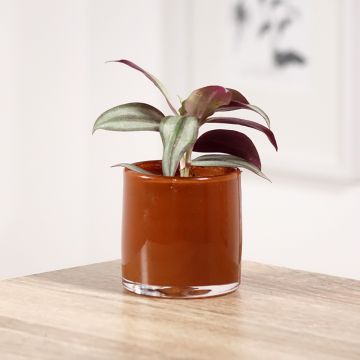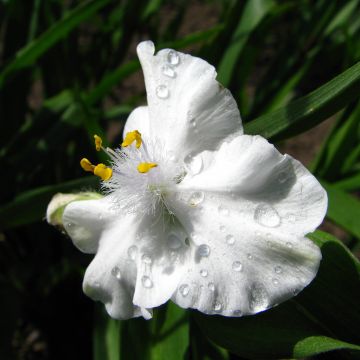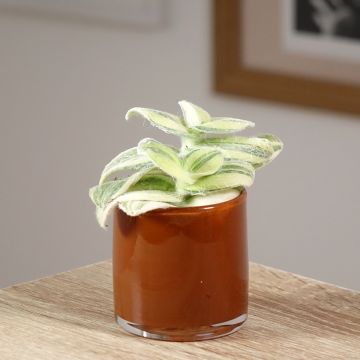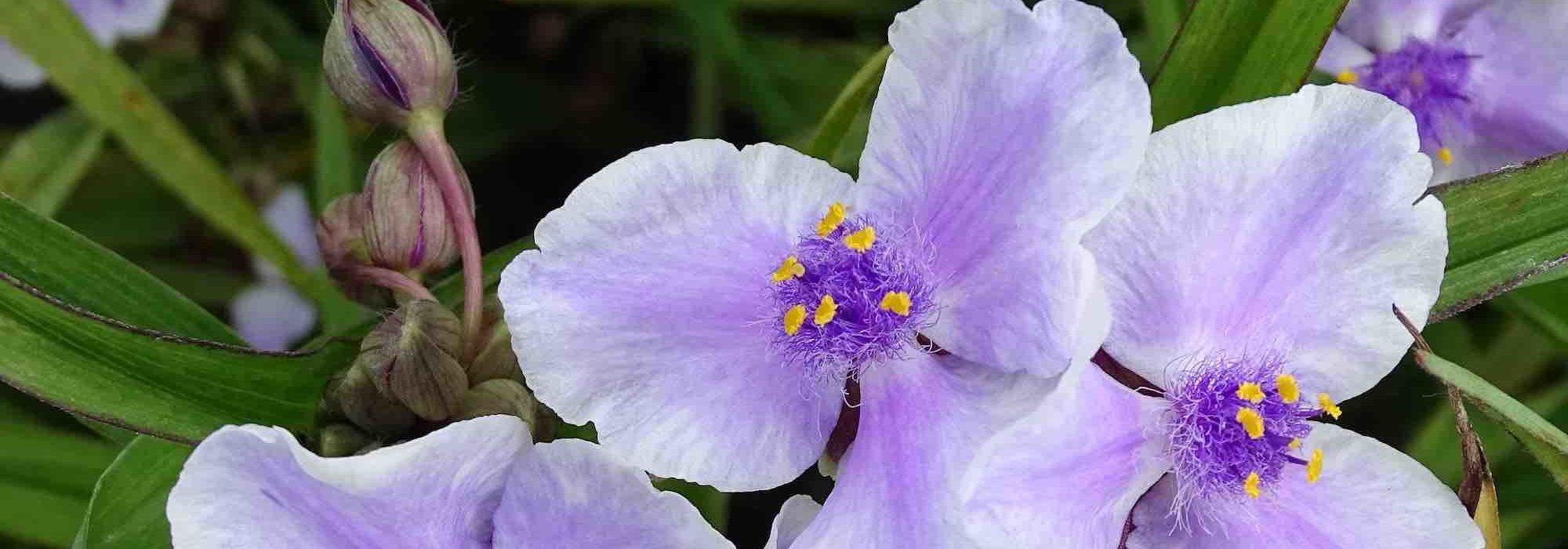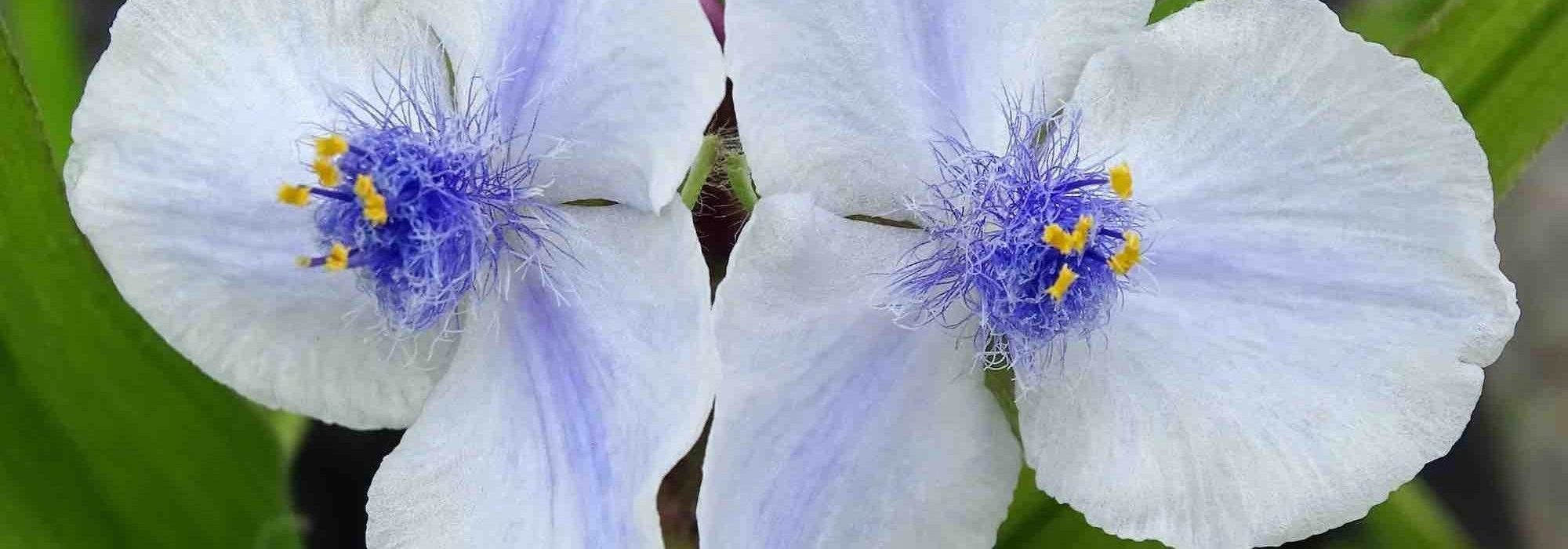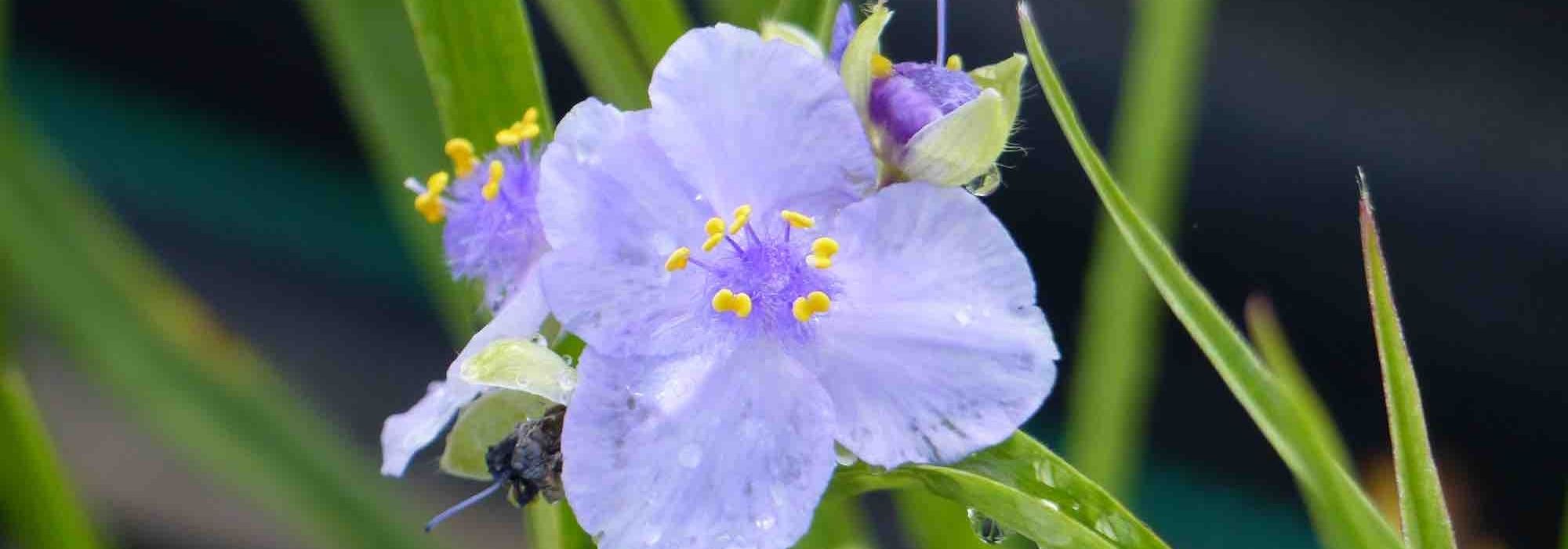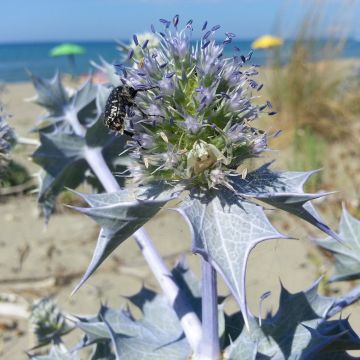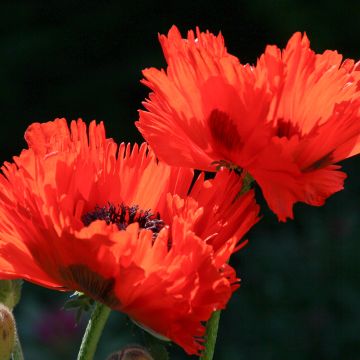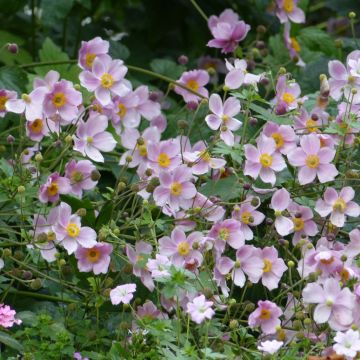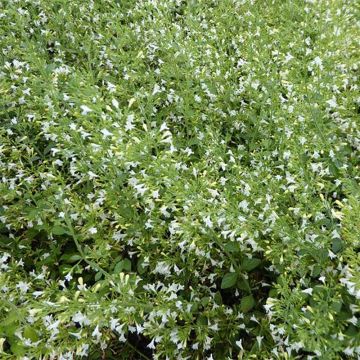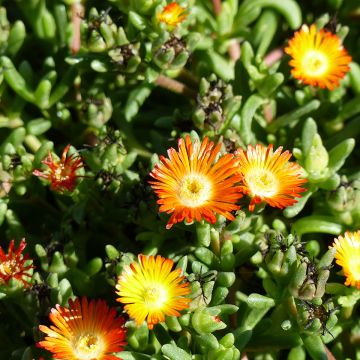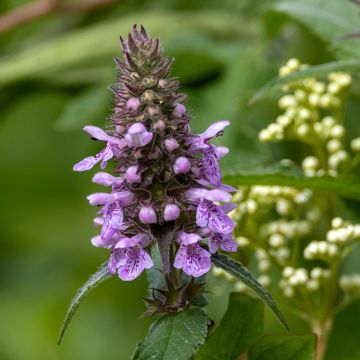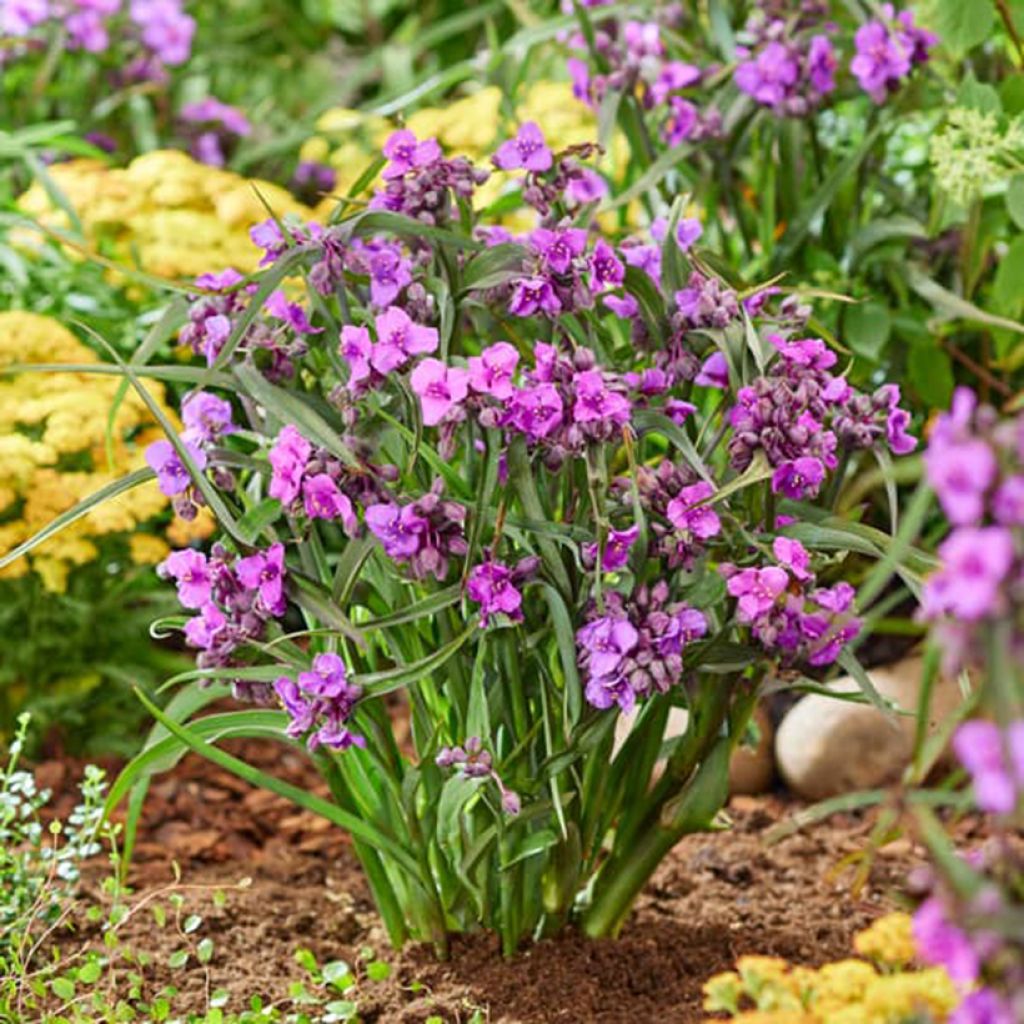

Éphémère de Virginie - Tradescantia andersoniana Brainstorm
Tradescantia andersoniana JS Brainstorm - Spiderwort
Tradescantia x andersoniana JS Brainstorm
Spiderwort, Spider lily
Special offer!
Receive a €20 voucher for any order over €90 (excluding delivery costs, credit notes, and plastic-free options)!
1- Add your favorite plants to your cart.
2- Once you have reached €90, confirm your order (you can even choose the delivery date!).
3- As soon as your order is shipped, you will receive an email containing your voucher code, valid for 3 months (90 days).
Your voucher is unique and can only be used once, for any order with a minimum value of €20, excluding delivery costs.
Can be combined with other current offers, non-divisible and non-refundable.
Why not try an alternative variety in stock?
View all →This plant carries a 12 months recovery warranty
More information
We guarantee the quality of our plants for a full growing cycle, and will replace at our expense any plant that fails to recover under normal climatic and planting conditions.

Would this plant suit my garden?
Set up your Plantfit profile →
Description
Tradescantia x andersoniana 'JS Brainstorm', also known as Spiderwort, is a competitive variety with many continuous magenta-purple flowers for 6 months, from June to November, longer than any other Tradescantia. Its numerous buds are a beautiful, ornamental dark purple. This upright plant is particularly hardy, down to at least -20°C, and resistant to all climates. It prefers full sun or partial shade in moist soil.
Tradescantia x andersoniana 'JS Brainstorm' is a hybrid whose origins are in the two Americas. This perennial plant belongs to the Commelinaceae family. Selected by Jan Spruyt in Belgium, this cultivar forms an upright clump, 50 cm (20in) tall and 40 cm (16in) wide. Its glossy dark green foliage resembles grasses, consisting of single, long and narrow, arching leaves, tapering to a point and sheathed on a tubular stem. Flowering begins in June and lasts until November if the soil remains moist with flat, vibrant magenta-purple flowers, composed of 3 wide petals, with contrasting yellow stamens. They open in pairs and are carried in small bouquets or terminal cymes at the top of stiff floral stems. Each flower only 'lives' for a few hours, but they continually renew themselves above the foliage. The deciduous foliage emerges in spring and dries up in winter.
Plant Tradescantia JS Brainstorm in moderately rich, rather moist and well-drained soil. In dry periods, the foliage may partially disappear to promote the development of new flowering shoots. To ensure continuous flowering until winter, care must be taken to remove faded flowers. Its roots are fleshy, allowing the clump to expand rapidly and the plant eventually spreads in colonies. Plant Tradescantia JS Brainstorm in the garden, in rockeries, at the edge of flower beds. This perennial thrives in wet areas on the banks of streams or ponds, with Carex, Persicaria, Astilbes, Filipendules, and Perennial Geraniums. It also grows well in pots, in partial shade, with regular watering.
Flowering
Foliage
Plant habit
Botanical data
Tradescantia
x andersoniana
JS Brainstorm
Commelinaceae
Spiderwort, Spider lily
North America
Other Tradescantia - Spiderwort
View all →Planting and care
Plant tradescantia JS Brainstorm in humus-rich, moist to wet, slightly acidic, neutral or slightly alkaline soil. This plant adapts to sunny or semi-shaded exposure. Its roots are fleshy and their growth is in the form of a sucker. To ensure continuous flowering until winter, cut off the faded flowers. Young shoots are sensitive to damage caused by snails and slugs, so be sure to protect them. When the foliage starts to develop brown spots, renew the planting, as it is gradually degenerating. This plant does not like the root competition from perennial suckering or stoloniferous plants.
Planting period
Intended location
Care
Planting & care advice
This item has not been reviewed yet - be the first to leave a review about it.
Similar products
Haven't found what you were looking for?
Hardiness is the lowest winter temperature a plant can endure without suffering serious damage or even dying. However, hardiness is affected by location (a sheltered area, such as a patio), protection (winter cover) and soil type (hardiness is improved by well-drained soil).

Photo Sharing Terms & Conditions
In order to encourage gardeners to interact and share their experiences, Promesse de fleurs offers various media enabling content to be uploaded onto its Site - in particular via the ‘Photo sharing’ module.
The User agrees to refrain from:
- Posting any content that is illegal, prejudicial, insulting, racist, inciteful to hatred, revisionist, contrary to public decency, that infringes on privacy or on the privacy rights of third parties, in particular the publicity rights of persons and goods, intellectual property rights, or the right to privacy.
- Submitting content on behalf of a third party;
- Impersonate the identity of a third party and/or publish any personal information about a third party;
In general, the User undertakes to refrain from any unethical behaviour.
All Content (in particular text, comments, files, images, photos, videos, creative works, etc.), which may be subject to property or intellectual property rights, image or other private rights, shall remain the property of the User, subject to the limited rights granted by the terms of the licence granted by Promesse de fleurs as stated below. Users are at liberty to publish or not to publish such Content on the Site, notably via the ‘Photo Sharing’ facility, and accept that this Content shall be made public and freely accessible, notably on the Internet.
Users further acknowledge, undertake to have ,and guarantee that they hold all necessary rights and permissions to publish such material on the Site, in particular with regard to the legislation in force pertaining to any privacy, property, intellectual property, image, or contractual rights, or rights of any other nature. By publishing such Content on the Site, Users acknowledge accepting full liability as publishers of the Content within the meaning of the law, and grant Promesse de fleurs, free of charge, an inclusive, worldwide licence for the said Content for the entire duration of its publication, including all reproduction, representation, up/downloading, displaying, performing, transmission, and storage rights.
Users also grant permission for their name to be linked to the Content and accept that this link may not always be made available.
By engaging in posting material, Users consent to their Content becoming automatically accessible on the Internet, in particular on other sites and/or blogs and/or web pages of the Promesse de fleurs site, including in particular social pages and the Promesse de fleurs catalogue.
Users may secure the removal of entrusted content free of charge by issuing a simple request via our contact form.
The flowering period indicated on our website applies to countries and regions located in USDA zone 8 (France, the United Kingdom, Ireland, the Netherlands, etc.)
It will vary according to where you live:
- In zones 9 to 10 (Italy, Spain, Greece, etc.), flowering will occur about 2 to 4 weeks earlier.
- In zones 6 to 7 (Germany, Poland, Slovenia, and lower mountainous regions), flowering will be delayed by 2 to 3 weeks.
- In zone 5 (Central Europe, Scandinavia), blooming will be delayed by 3 to 5 weeks.
In temperate climates, pruning of spring-flowering shrubs (forsythia, spireas, etc.) should be done just after flowering.
Pruning of summer-flowering shrubs (Indian Lilac, Perovskia, etc.) can be done in winter or spring.
In cold regions as well as with frost-sensitive plants, avoid pruning too early when severe frosts may still occur.
The planting period indicated on our website applies to countries and regions located in USDA zone 8 (France, United Kingdom, Ireland, Netherlands).
It will vary according to where you live:
- In Mediterranean zones (Marseille, Madrid, Milan, etc.), autumn and winter are the best planting periods.
- In continental zones (Strasbourg, Munich, Vienna, etc.), delay planting by 2 to 3 weeks in spring and bring it forward by 2 to 4 weeks in autumn.
- In mountainous regions (the Alps, Pyrenees, Carpathians, etc.), it is best to plant in late spring (May-June) or late summer (August-September).
The harvesting period indicated on our website applies to countries and regions in USDA zone 8 (France, England, Ireland, the Netherlands).
In colder areas (Scandinavia, Poland, Austria...) fruit and vegetable harvests are likely to be delayed by 3-4 weeks.
In warmer areas (Italy, Spain, Greece, etc.), harvesting will probably take place earlier, depending on weather conditions.
The sowing periods indicated on our website apply to countries and regions within USDA Zone 8 (France, UK, Ireland, Netherlands).
In colder areas (Scandinavia, Poland, Austria...), delay any outdoor sowing by 3-4 weeks, or sow under glass.
In warmer climes (Italy, Spain, Greece, etc.), bring outdoor sowing forward by a few weeks.































